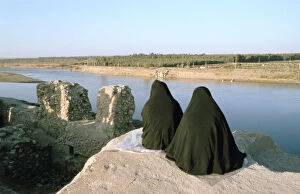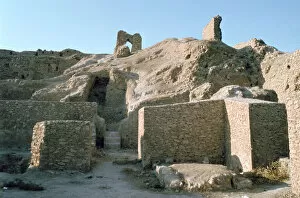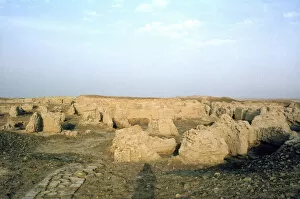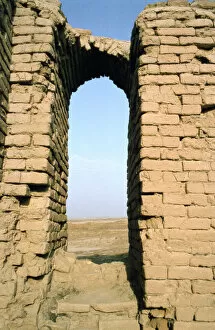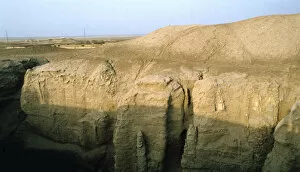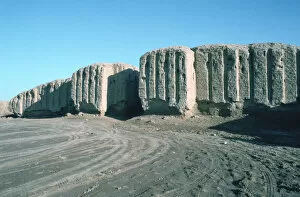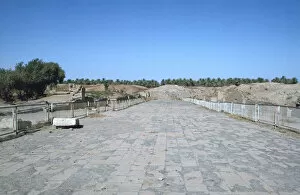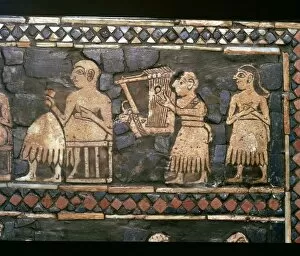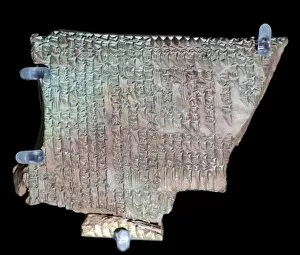Ancient Mesopotamian cities Canvas Print Collection (#2)
Step back in time with our Ancient Mesopotamian Cities collection of Canvas Prints. Immerse yourself in the rich history and culture of this fascinating civilization, with stunning reproductions of iconic structures and landscapes from ancient Mesopotamia. Each print is meticulously crafted using high-quality materials and vibrant colors, bringing the intricacies and grandeur of these historic cities to life in your home or office. Transport yourself to a time of ancient wisdom and wonder with this captivating collection.
82 Canvas Prints
All Professionally Made to Order for Quick Shipping
Why Choose Us?
How do I place an order?
-
Find your image: Use our search box or browse our online photo Collections to find the image you want.
-
Choose your print format: Select your desired product and add it to your cart.
-
Enter your details: If you're a returning customer, simply enter your email address and password, and we'll fill in your billing and shipping address details. All personal details are held securely and are fully GDPR compliant. As standard, we remove all Personally Identifiable Information after 12 months.
-
Pay for your purchase: We use state-of-the-art security for online shopping and do not have access to your card details.
-
Sit back and relax: We'll email you confirmation of your order and when it's dispatched. Registered customers can also track orders in the 'My Account' area.


